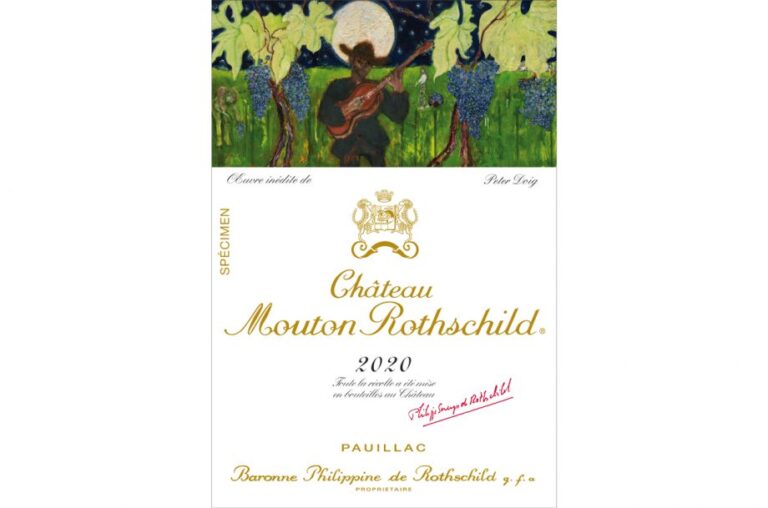I read an article in late April in Wine Enthusiast titled Stop Calling Grenache, Mourvèdre and Carignan, ‘Rhône Varieties’ and it struck a chord in me. As a Spanish Wine Scholar, it truly made me think. I have had the pleasure of visiting Jumilla and enjoyed sipping some incredible Monastrell. In Navarra I was delighted by their Garnacha, but until I read this article. it hadn’t really, excuse the steal from Peter Griffin, “Grinded my gears.”

Why is it that the Spanish varietals are known as Rhône varieites? As we dive into a little wine history, it is pretty obvious, at least to me, that these grapes have their heritage in Spain. Similar to many countries that share the Mediterranean shore, winemaking in Spain began with the Phoenicians way back in 1,000 BCE. The vines increased and decreased in volume until the Romans came through and took wine more seriously.

Unfortunately for Spain, when the Roman Empire was overthrown by the Moors in the 8th century, vineyards and thus the production of wine became limited until the Reconquista of Spain four centuries later. This time period, saw a term of civil war in the Muslim Caliphate, which governed almost all of the Iberian peninsula. Breaking the country up into many Islamic kingdoms, while the strongest Christian hold was in Castile and Aragon in the north. This period of time, that Christianity spread is known as the Reconquista. Finally in 1492, when Isabella and Ferdinand conquered Granada, it unified the majority of the Iberian Peninsula under the Spanish kings. (Navarre was added twenty years later)
As wine found its way back into the Spanish culture, fortified wines from Jerez, became in favor. These wines were fit to travel well, and the exportation of Spanish wines took hold. It continued to grow through the 19th century, with regions such as Rioja making a name for themselves. The true turning point for Spain’s wine industry was thanks to the little root louse, phylloxera that decimated the French vineyards in the late 19th century.
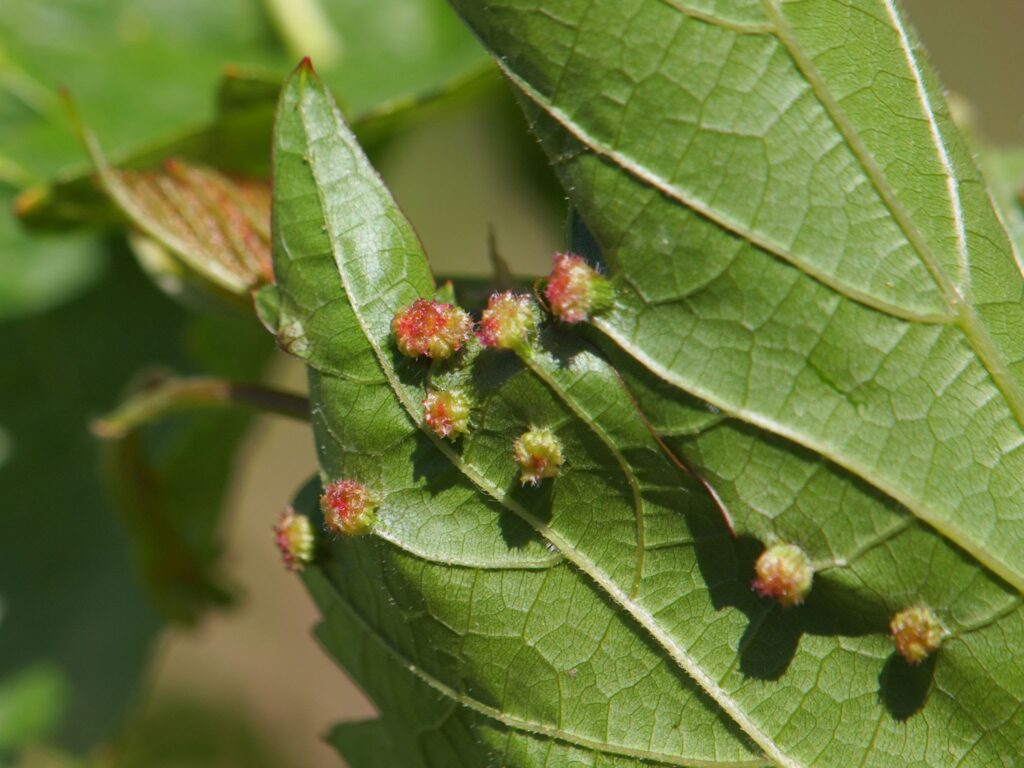
For the longest time Spanish wine was a bulk commodity. However when the French vineyards were being ripped out due to the damage caused by the louse, many French winemakers crossed the border to Spain and brought with them the winemaking techniques to improve the quality of wine. It was the reinvention of Spanish wine; quality over quantity.
The Three Main Varieties
The workhorse of these Spanish vineyards is Garnacha/Grenache. It’s history shows that it originated from Northern Spain in the region of Aragón. Ampelographers believe that Grenache was the what made Aragon’s vin rouge du pays spectacular. It is believed that as the kingdom of Aragon expanded, so this the reach of Garnacha/Grenache. This is how the variety found its way to Roussillon, Sardinia, Languedoc and Provence.
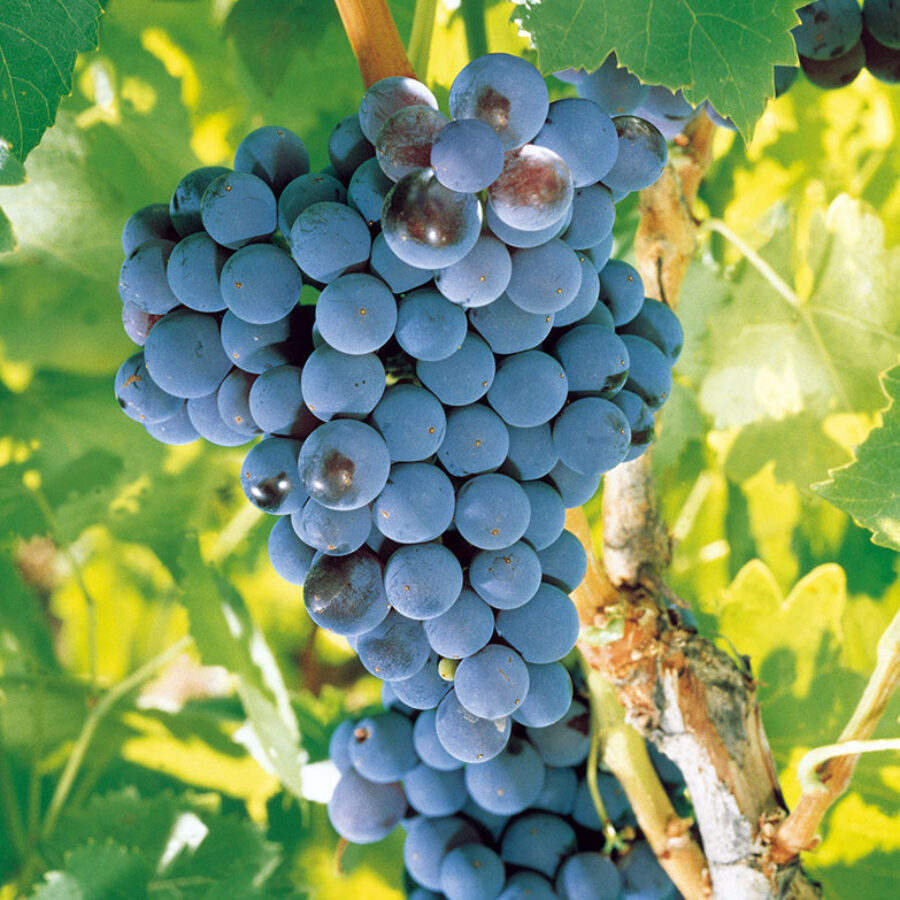
Monastrell, known as Mourvèdre in France and Mataro in the United States also has its historical beginnings in Spain. Monastrell has been growing in Spain for thousands of years. It wasn’t until the Middle Ages that it was thought to arrive in Provence, where the name was changed to Mourvèdre. The belief is that this name was in honor of the Spanish town of Murviedro. Today, Spain is the largest grower of Monastrell, as it is the third most planted red wine grape in Spain.
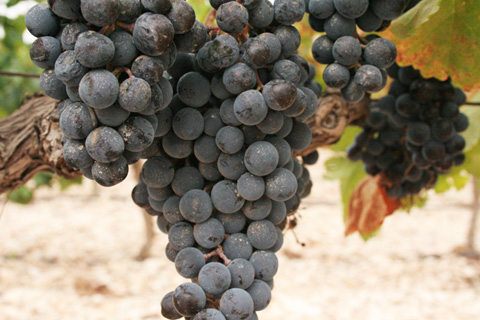
Cariñena or as it is known in France, Carignan, is “a native Spanish grape,” according to Karen MacNeil in The Wine Bible. She continues that along with Garnacha, Cariñena are the two major grapes in Priorat. Similar to Monastrell’s French nomenclature, Cariñena’s French counterpart, Carignan comes from the Spanish village in Aragon which is nestled between Barcelona and Madrid.
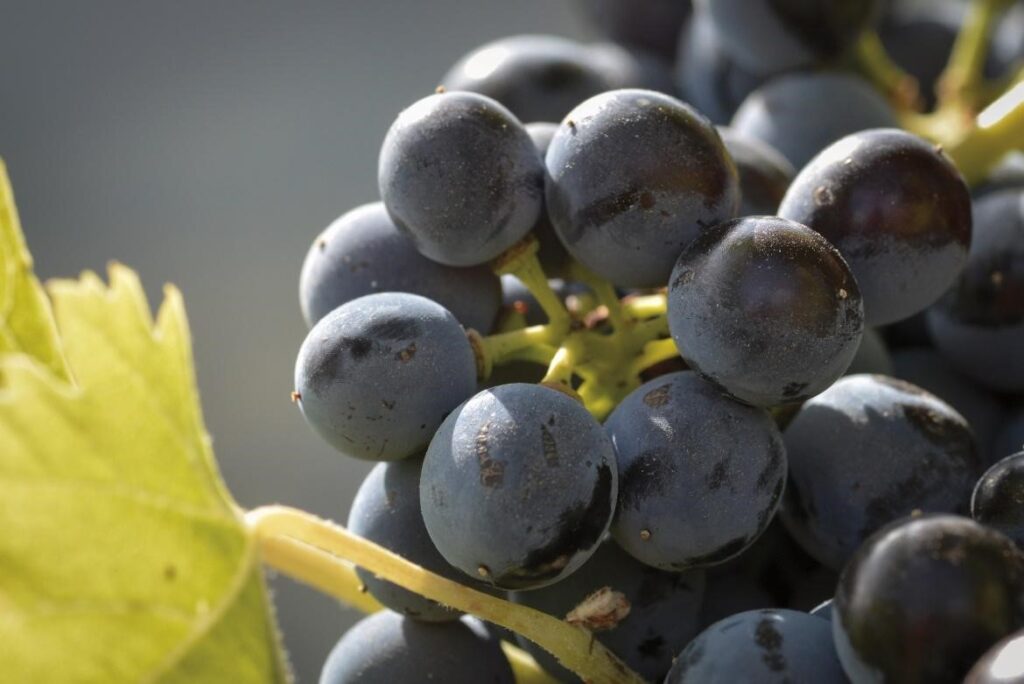
Jancis Robins, MW, co-author of Wine Grapes was asked why the Spanish varietals such as Garnacha, Monastrell and Cariñena are more recognized by their French names, she responded, “I think it’s just a hangover from the supposed supremacy of France in the wine sphere.” Well, I think it is time to end this hangover and let these grapes have the history and recognition they deserve. Humans have the desire to know our human genetics. This is evident by all the genealogy sitesand DNA kits available to us. People want to know where they ancestry is. Doesn’t it make sense that the grapes deserve the same?
~Slàinte!
I invite you to follow me on Instagram, Twitter, Facebook and Youtube for all things wine. I’ll never tell you what to drink, but I’ll always share what’s in my glass.
Please support our sponsor: use code EXPLORE for 10% off your order
Dracaena Wines has received consistent 90+ ratings and multiple Double Gold medals. Click image to order yours today and let Dracaena Wines Turn Your Moments into Great Memories!


